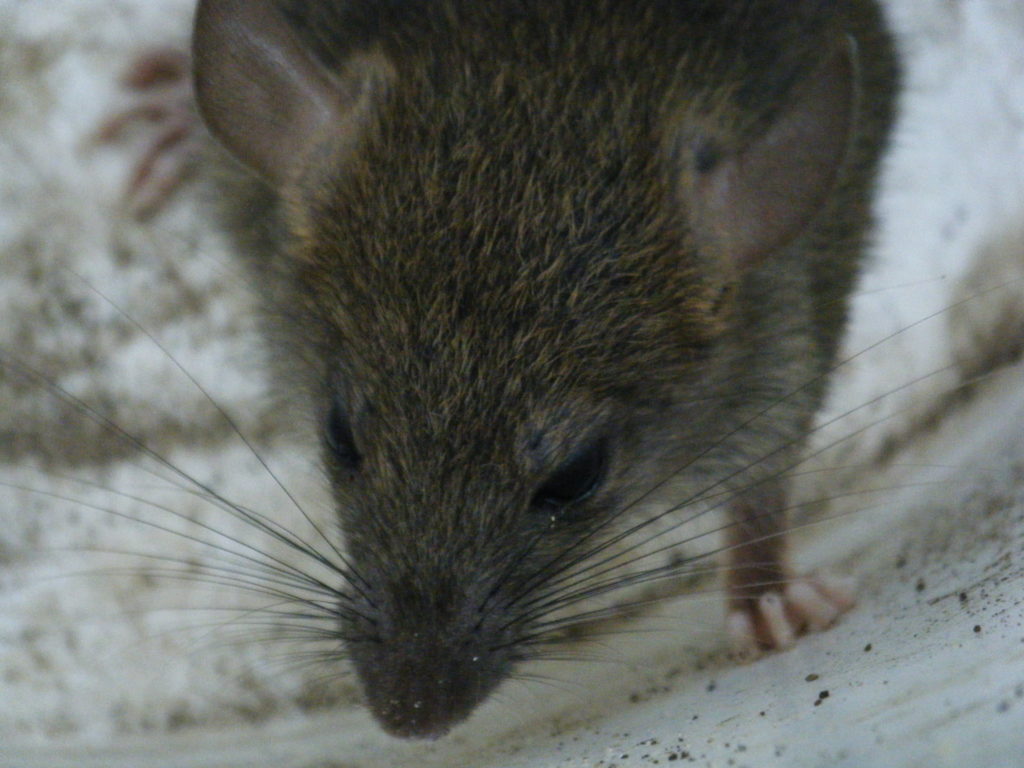
A gas sector, from the production of gas to its transportation, gives utmost priority to the safety aspects concerning it. Gas is commonly used in the workplace for heating the work environment and water supplies, cooking and processing products. The gas itself can come from a number of sources including natural gas, liquefied petroleum gas (LPG) and methane. These fuel gases are inflammable and toxic, and so safety measures are taken to prevent explosion or poisoning.
Gas can be supplied either piped into the premises from the mains supply or a storage tank, or in small cylinders used close to the appliance with a flexible hose connection. Gas gathering application involves transportation of gas via pipelines, and so does our home cooking system- be it LPG cylinder or PNG pipeline. Traditionally steel pipelines were used to carry the gas but pipelines composed of the polymer have certainly outweighed them in all aspects of the selection of pipe material. Polymers are corrosion resistant, electrical and thermal insulators, fatigue resistant, chemically inert, lightweight, eco-friendly and cost-efficient. Durability and flexibility are the two most important factors supporting the use of polymer pipelines. Polymers like PP, HDPE, LDPE, and PVC are the most widely used polymer materials for the distribution of natural gas.
Are we still safe?
Several incidences have been noted in the past where rodents have damaged these polymer pipelines causing unfortunate fatalities. On March 4th, 2016 there was an explosion due to a rat-eaten LPG pipe. The accident was reported at Tonca in Panaji. According to the report, In Panaji 10 flats, located in the Kamat Complex – Phase II, Tonca, were damaged, at 5.30 a.m. on Thursday, after an explosion occurred due to LPG leakage from a stove connecting the pipe. The LPG company officials found that the connecting pipe was eaten up by rats. Another fatal accident that took place was in Bengaluru city on November 14. Family of three succumbed to injuries they had suffered in a gas cylinder explosion at their house in Belathur Colony in Kadugodi on November 7. According to the officials, the hosepipe connecting the cylinder and stove was damaged as a rat had bitten it off. Shibin had cut that particular part and fixed it.
According to TNN, In 2013, Rat-nibbled a gas pipe which leads to an explosion, causing injury to 5 members of a family. This horrifying accident took place in Kondawa district of Pune. According to the officials, the gas had leaked through a 2mm hole on the rubber tube that a mouse had nibbled. The poorly ventilated kitchen added to the explosion’s intensity.
Yet another accident that took place was in the year 2007, August 8 where the Gas blast killed a pensioner which was caused after rats that gnawed through a lead pipe in her house.
There are more than 2000 different rodent species. The classification of rodents include rats, mouse, beaver, gopher, paca, hamster, squirrel, etc. Rodents are flexible enough to go through even the slimmest of gaps. Rodents being ubiquitous creatures are present in large numbers at various locations and sometimes also find their way to gas pipelines causing a lot of loss and damage. They have incisors which grow continuously throughout their life. To keep them in check, rodents chew anything they find or smell attractive including our gas pipes. Curbing them is not an option as it is hard to execute, time taking and also bad for the food chain.
Prevent them? But how? There is an efficient solution that C Tech Corporation, India has come up with. They have a unique product known as Combirepel™ which solves our biggest grievances. So let us look at some of the salient features of Combirepel™ and how it drives these mischievous rodents away from our homes, offices, and industries.
Combirepel™ , an eco-friendly, extremely low toxic and extremely low hazard rodent and insect aversive can be incorporated in the gas tubing and pipelines, hindering the rodents from attacking them. It is an anti-rodent, anti-insect additive available in the form of masterbatches specially developed for a range of polymeric and coating applications including films, pipes, wires, and cables. It can be incorporated into nearly all base polymers like HDPE, LDPE, PVC, PE, etc.
It is also available in the form of liquid concentrate, lacquer, and sprays.
The mechanism followed by our product is repellence by attacking their olfactory senses and it does not aid to kill the target species. The products do not interfere with the working of the end application it is used in. They are stable at high temperatures; they do not leach out or produce any toxic fumes and have a long shelf life of up to 50 years as per the application.
The liquid concentrate can be blended with paints and organic solvents and be applied to the pipes. The lacquer can be directly applied to the pipes as a protective coating to protect it from a rodent attack.
The sprays are an easy to use product which can be sprayed near the gas pipelines and affected areas to repel the rats.
The product is compliant with ROHS, ROHS2, ROHS3, REACH, APVMA, NEA, EU-BPR, and FIFRA exempted.
The products do not interfere with the working of the end application it is used in. They are stable at high temperatures; they do not leach out or produce any toxic fumes.
It looks as if this green chemistry-based product is tailor-made for this application. Don’t you feel?
Contact us at technical.marketing@ctechcorporation.com if you’re facing problems with rodents and get best remedies to combat the pest menace.
Also, visit our websites:
http://www.ctechcorporation.com/
http://www.rodrepel.com/
http://www.termirepel.com/
http://www.combirepel.com/
Follow our Facebook pages at:
1] https://www.facebook.com/Combirepel-411710912249274/
2] https://www.facebook.com/Termirepel-104225413091251/
3] https://www.facebook.com/Rodrepel-120734974768048/
Follow us on our Twitter pages at:
1] https://twitter.com/rodrepel
2] https://twitter.com/termirepel
3] https://twitter.com/combirepel
